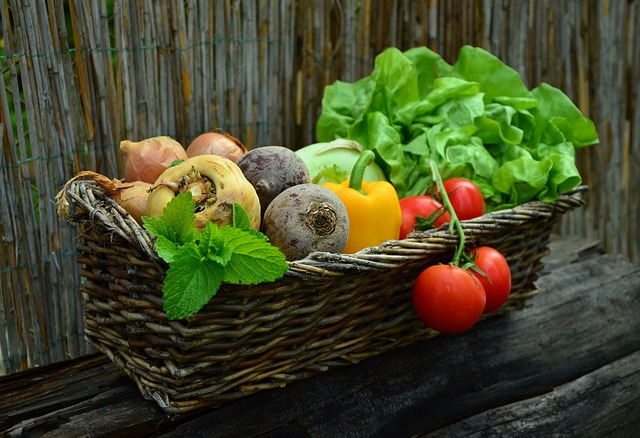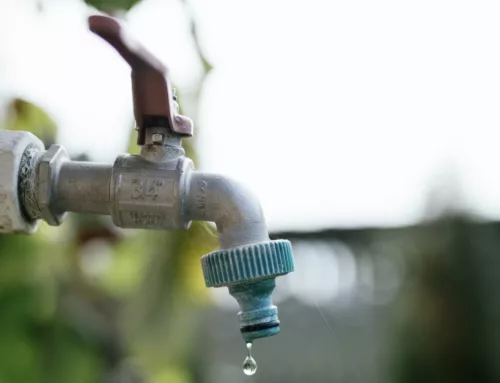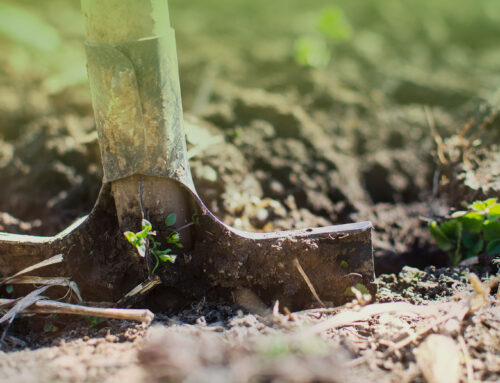Harvest time is a crucial moment for both professional vegetable producers and amateur gardeners. It is the culmination of hard work and dedication and the beginning of the use of the fruits of your labor. In this article, we will share important tips and techniques for efficient vegetable harvesting, proper storage and stocking, and processing and preservation methods that will help you make the most of your bountiful harvest, whether you are a professional or an amateur gardener*.
Efficient vegetable harvesting:
A good workflow for quick harvesting is the name of the game when it comes to vegetable harvesting. Here are some guidelines to help you streamline the process and preserve vegetables well:
- Harvest at the right time: for each vegetable, there is an optimal time to harvest. Know the specific characteristics to look for, such as size, color and texture, to get the best flavor and quality.
- Use the right tools: keep a set of high-quality harvesting tools on hand, including sharp secateurs, shears or a knife, depending on the type of vegetable. This will ensure clean cuts and minimize damage to the plant.
- Handle produce with care: Handle your harvested vegetables carefully to avoid bruising or damage. For example, use baskets or boxes lined with soft material to cushion and protect delicate vegetables.
Proper storage and stocking:
After harvest, proper storage and stocking is critical to maintain freshness and extend the shelf life of your vegetables:
- Clean and sort: Remove excess dirt, damaged parts or pests from the Sort vegetables by type, size and ripeness before storing for easy access and inventory management.
- Temperature and Humidity: Different vegetables have specific temperature and humidity requirements. Create separate storage areas or zones in your pantry, basement or refrigerator to meet the different needs of the vegetables you harvest. For important tips on different storage needs for different types of vegetables, check out this article from my-harvest: https://www.meine-ernte.de/kueche/gemuese-lagern/
- Air circulation: good air circulation is important to reduce moisture and prevent mold or rot. Avoid crowded storage bins or shelves and use mesh bags or perforated bins for better air circulation.

Image by Corey Ryan Hanson from Pixabay
Processing and preservation techniques:
To make the most of your harvest and enjoy vegetables year-round, consider different processing and preservation methods:
- Canning: Canning is an excellent way to preserve vegetables for long-term storage. Use a pressure canner or water bath canner to seal jars filled with prepared vegetables to keep them safe and flavorful for months.
- Freezing: Freezing is a convenient preservation method that preserves the freshness and nutritional value of vegetables. Blanch vegetables before freezing so they retain their color and texture, and pack them in airtight containers or freezer bags.
- Pickling: Pickling is a great way to preserve vegetables while giving them a tangy flavor. Experiment with different canning recipes and techniques to make unique and delicious canned vegetables.
- Drying: Drying vegetables removes moisture, extending shelf life and concentrating flavors. Dry vegetables in a dehydrator, oven or air and store in airtight containers or bags. For more tips on preserving your winter garden stash, check out this exciting article from Smarticular: https://www.smarticular.net/wege-um-gemuese-zu-konservieren-gesunder-wintervorrat-aus-dem-garten/
Efficient vegetable harvesting, proper storage and stockpiling, and techniques for processing and preserving are essential for both professional vegetable producers* and amateur gardeners*. With this guide, you can maximize the potential of your harvest, reduce waste, and enjoy the taste and benefits of homegrown or locally sourced vegetables year-round. Cook, pickle, preserve or freeze: No matter which method you choose, the important thing is to ensure the quality of the vegetables by harvesting them appropriately and allowing them to provide long-term enjoyment. Have fun harvesting and canning!
References and further info:
“9 Ways to Preserve Vegetables – Healthy Winter Stash from the Garden.” Smarticular: https://www.smarticular.net/wege-um-gemuese-zu-konservieren-gesunder-wintervorrat-aus-dem-garten/
“Properly storing fruits and vegetables: how to keep your harvest fresh for as long as possible.” My Harvest: https://www.meine-ernte.de/kueche/gemuese-lagern/








